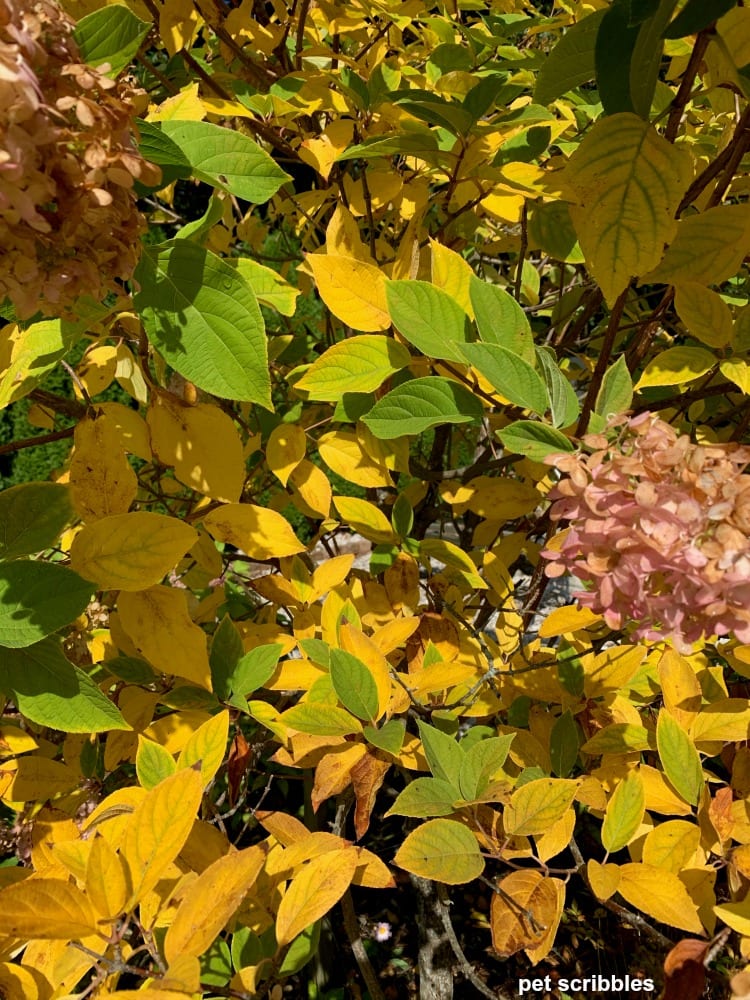The smart Trick of Hydrangea Leaves Turning Yellow That Nobody is Discussing
Not known Facts About Hydrangea Leaves Turning Yellow
Table of ContentsSome Of Hydrangea Leaves Turning YellowAn Unbiased View of Hydrangea Leaves Turning YellowGet This Report on Hydrangea Leaves Turning YellowIndicators on Hydrangea Leaves Turning Yellow You Need To KnowHow Hydrangea Leaves Turning Yellow can Save You Time, Stress, and Money.
The container needs to be large sufficient so the plant can grow and obtain every one of the water and nutrients it needs. Area the container on a patio, or in a dubious place on an outdoor patio. You can additionally replace the plant with a panicle hydrangea. Panicles enjoy the full sunlight.So, despite the selection, plan ahead and see to it your plant has plenty of defense from the wind. You have a few choices below. You might hair transplant to a brand-new location, or you might develop a wind obstacle using one more plant, or secure fencing. To develop a wind barrier you could, or a bush to obstruct the wind.
Decorative yard, Rose of Sharon, or Holly shrubs are just a few ideas of plants you could use to block the wind. If you need to hair transplant, locate a place in your yard that is well protected from sun and wind. Transplanting is best performed in the autumn or the spring.
Every one of the above circumstances might happen to any type of gardener. Thankfully for everybody, hydrangeas are really resistant, and will certainly more than likely recoup really promptly with a little love and treatment. The plants place is one of the most crucial aspect when it pertains to getting well established and appropriate growth. With a little forethought on planting area and correct upkeep, you'll be able to ensure your hydrangeas!.
Hydrangea Leaves Turning Yellow - The Facts

Nevertheless, you can rescue the plant from yellow fallen leaves by providing it the correct light and positioning. If your plant obtains yellow leaves, relocate to a dark place. Area Hydrangea plants inside your home near an east-facing window. Dapple the plant with drapes or UV protection sheets to obstruct direct warm.
, and temperature level alterations can trigger yellowing fallen leaves and brownish spots. If it gets also warm, the edges of the fallen leaves come to be yellow, turn brown and establish a crunchy texture.

See This Report about Hydrangea Leaves Turning Yellow
But, yellow leaves in Hydrangeas are the very first indications of illness problem, usually followed by black areas, browning, goes down, and wilting. Separate the infected or pest-infested plant from the healthy and balanced plants to protect against condition spread. If it is a yard plant, get rid of all the contaminated fallen leaves utilizing disinfected tools and tidy up all the debris.
Reducing off assists Hydrangea shade unneeded weight and insurance coverage, allowing the growth of new leaves. The very best time to trim Hydrangeas is spring when the plant is ready to sprout vegetation for the next period. Examine for spent or infected fallen leaves and cut the base of a stalk that joins the fallen leaves and stem.
Stay clear of cutting healthy and balanced or eco-friendly leaves, and do not get rid of even more than 25% of the plant's foliage. The main factor behind the red leaves in find this Hydrangea is inadequate soil or environmental problems.
Likewise, repot the plant annually in springtime or every 2 years if the growth price is slow.
The Ultimate Guide To Hydrangea Leaves Turning Yellow

There are six major reasons that this may happen:: The plant see here now does not obtain sufficient sunlight.: The roots are either also damp or too dry.: The plant is also cold.: The soil is not acidic or alkaline enough for the hydrangea.: The plant isn't obtaining the best nutrients it requires to remain healthy.
Each factor impacts the plant in a method that can be fixed if we recognize exactly how to care for hydrangeas the appropriate method. When we talk regarding insufficient light for hydrangeas, we mean that the plant isn't getting adequate sunlight. Hydrangeas favor brilliant light, but not direct, scorching sunlight. They usually flourish ideal with morning sunlight and afternoon color.
Without enough sunlight, the fallen leaves can turn yellow, the plant can end up being weak, and it could produce less blossoms. To guarantee a hydrangea obtains adequate light, it must be placed in an area where it can appreciate the morning light and be safeguarded from the extreme mid-day sun. Overwatering is when a hydrangea plant gets even more water than it requires.
Yellow fallen leaves may be an indication that the plant is obtaining also much water. On the other hand, dehydration occurs when the plant does not get sufficient water.
Unknown Facts About Hydrangea Leaves Turning Yellow
This problem is common in the loss as the climate adjustments or if a hydrangea is grown in an area where it doesn't get adequate heat from the sun. It is necessary to know the right problems for hydrangeas to stay clear of low-temperature anxiety. Most hydrangeas expand finest in areas 6 to 9, where the environment is milder.
It is necessary to understand that this type of yellowing is various from the yellowing brought on by issues like too much water or otherwise sufficient light. Therefore, if the yellow fallen leaves are mainly at the end of the plant and the remainder of the plant looks healthy, it could simply imply that the fallen leaves are just getting old.